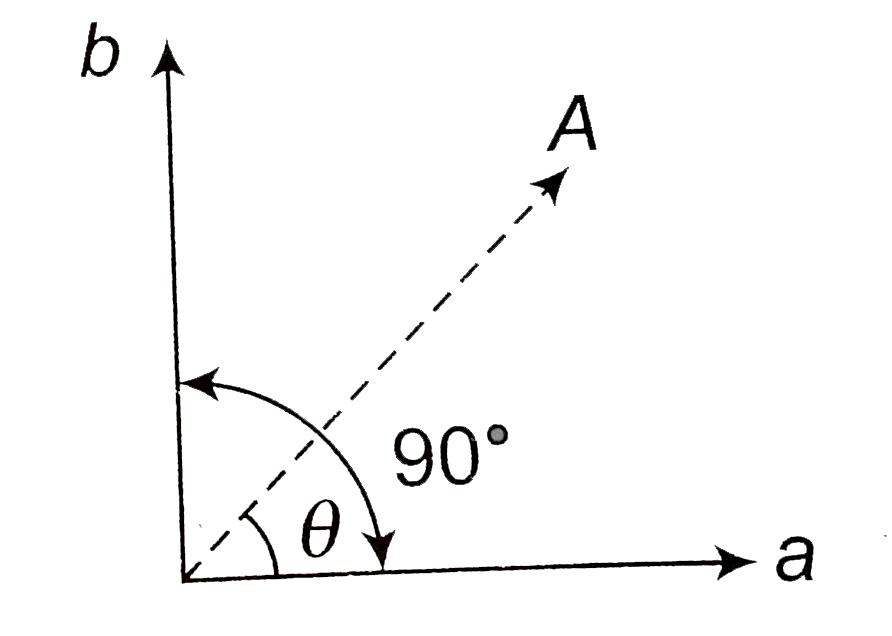when two displacements represented by and are superimposed the motion is
A
simple hormonic with amplitude
B
simple harmonic with aplitude
C
simple harmonic with amplitude
D
not a simple harmonic
Video Solution
Text Solution
|
Topper's Solved these Questions
- NEET PREVIOUS YEARBOOK - CP SINGHCHAPTER - NEET PREVIOUS YEAREXERCISE - Solved Questions
64 Videos
- MOTION IN A STRAIGHT LINEBOOK - CP SINGHCHAPTER - MOTION IN A STRAIGHT LINEEXERCISE - EXERCISES
128 Videos
- NEWTONS LAWS OF MOTIONBOOK - CP SINGHCHAPTER - NEWTONS LAWS OF MOTIONEXERCISE - EXERCISES
84 Videos
Similar Questions
Knowledge Check
When two displacement represented by y1=asin(ωt) and y2=bcos(ωt) are superimposed, the motion is
Anot a simple harmonicBsimple harmonic with amplitude abCsimple harmonic with amplitude √a2+b2Dsimple harmonic with amplitude (a2+b2)2Two wave are represented by equation y1=asinωt and y2=acosωt the first wave :-
Aleads the second by πBlags the second by πCleads the second by π2Dlags the second by π2Two waves represented by y1=asinωtandy2=asin(ωt+ϕ)with ϕ=π2
are superposed at any point at a particular instant. The resultant amplitude isAaB4aC√2aDzero
If two waves represented by y1=4sinωt and y2=3sin(ωt+π3)interfere at a point, the amplitude of the resulting wave will be about
View SolutionTwo waves are represented by y1=asin(ωt+π6)andy2=acosωt. What will be their resultant amplitude
View SolutionThe displacements of two intering lightwaves are y1=4sinωt and y2=3cos(ωt). The amplitude of the resultant wave is (y1 and y2 are in CGS system)
View SolutionTwo light waves are represented by y1=asinωtandy2=asin(ωt+δ). The phase of the resultant wave is
View SolutionTwo simple harmonic motions are represented by y1=10sinωt and y2=15cosωt. The phase difference between them is
View Solution

